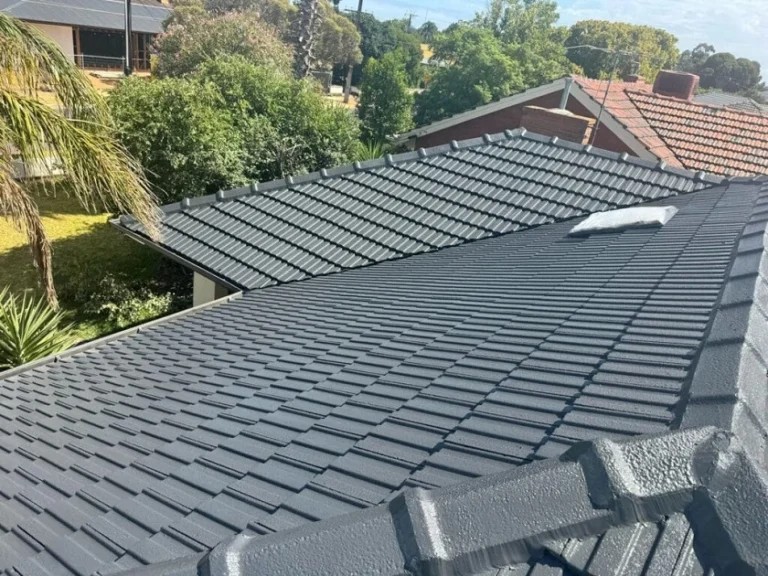A well-maintained roof is essential for protecting your home from the elements. Over time, however, roofs can deteriorate due to age, weather conditions, and a lack of maintenance. Recognizing the signs that indicate a full roof restoration is crucial for homeowners. Ignoring these signs can lead to more significant issues, including leaks, structural damage, and increased repair costs. We will explore the key indicators that signal it may be time to invest in a comprehensive roof restoration, ensuring your home remains safe and secure for years.
Visible Damage and Wear
Visible damage is one of the most apparent signs that your roof may require a full restoration. This can manifest as missing or broken shingles, cracks, or significant wear and tear. Shingles are designed to protect your roof from water damage; when compromised, it can lead to leaks and structural issues. If you notice granules from asphalt shingles accumulating in gutters or downspouts, this could indicate that the shingles are deteriorating. Furthermore, areas where the shingles appear curling or buckling should be noticed. These signs often indicate that the roofing material no longer protects against the elements, leading to potential leaks and further damage.
Another aspect to examine is the flashing, the metal pieces that seal joints and transitions on the roof. If the flashing is damaged or missing, it can lead to water infiltration, which may require extensive repairs. If you identify any visible signs of damage, it is vital to address them promptly. A complete roof restoration can not only fix these issues but also enhance the overall longevity of your roofing system, preventing further deterioration and costly repairs in the future.
Interior Water Damage
Interior water damage is a critical warning sign that your roof may need restoration. Water stains on ceilings or walls often indicate that moisture is penetrating through the roof. This situation may arise due to leaks, which can compromise the roof’s integrity and cause mold and mildew growth inside your home. Inspecting your attic is crucial, as this is often where the effects of water damage are most visible. Look for signs such as damp insulation, dark spots, or mold growth on wooden beams. These indicators suggest that water is getting through the roofing material, and restoration may be necessary to resolve the issue.
Moreover, even minor water damage can lead to significant problems if addressed after some time. The longer you wait to take action, the more extensive the damage can become, affecting not only the roof but also the structure of your home. If you suspect water damage, consider consulting a roofing professional who can assess the situation thoroughly. A full roof restoration can include replacing damaged sections, sealing leaks, and enhancing overall waterproofing, thus preventing future issues and preserving your home’s value.
Age of the Roof
The age of your roof is another significant factor indicating the need for restoration. Most roofing materials have a finite lifespan; as your roof ages, its ability to protect your home diminishes. For instance, asphalt shingles typically last about 20 to 25 years, while metal roofs can last significantly longer, often up to 50 years or more. If your roof is nearing or exceeding its expected lifespan, it may be time to consider a full restoration, even if you don’t see any visible damage.
Older roofs are more susceptible to damage from severe weather conditions, such as heavy rain, snow, or hail. These weather events can exacerbate existing issues or create new ones. Additionally, as roofs age, they may develop issues that are not immediately visible, such as weakened structural components or compromised insulation. Regular inspections by the Tulsa Roofing contractor can help identify these problems before they escalate. Still, restoration may be the most prudent course of action if your roof is significantly aged. Investing in a full roof restoration can extend your roof’s life and improve energy efficiency, reducing your utility bills over time.
Mold and Algae Growth
Mold and algae growth on your roof can be more than just an aesthetic issue; it often signals underlying problems that may necessitate restoration. Algae thrive in damp environments, indicating moisture retention on the roof surface. If left unchecked, mold and algae can lead to roof decay and increased deterioration. Mold can also pose health risks to your family, particularly those with allergies or respiratory issues.
To assess mold or algae growth, examine the roof for dark stains or discoloration, especially in shaded areas where moisture may linger. If you notice significant growth, a thorough cleaning may be required, and restoration might be necessary to address any damage caused by the infestation. Furthermore, prevention is essential; installing zinc strips along the ridge of the roof can help inhibit algae growth. A full roof restoration can include the application of protective coatings that resist mold and algae, ensuring your roof remains in optimal condition.
Recognizing the signs that indicate you need a full roof restoration is crucial for maintaining the safety and integrity of your home. From visible damage and water infiltration to the age of your roof and energy inefficiencies, each factor plays a significant role in determining whether restoration is necessary. Taking action promptly can save you from costly repairs and help maintain your property’s value. If you observe any of these warning signs, consider consulting with a roofing professional to evaluate the condition of your roof. Investing in a full roof restoration can provide peace of mind, ensuring your home remains well-protected for years.


